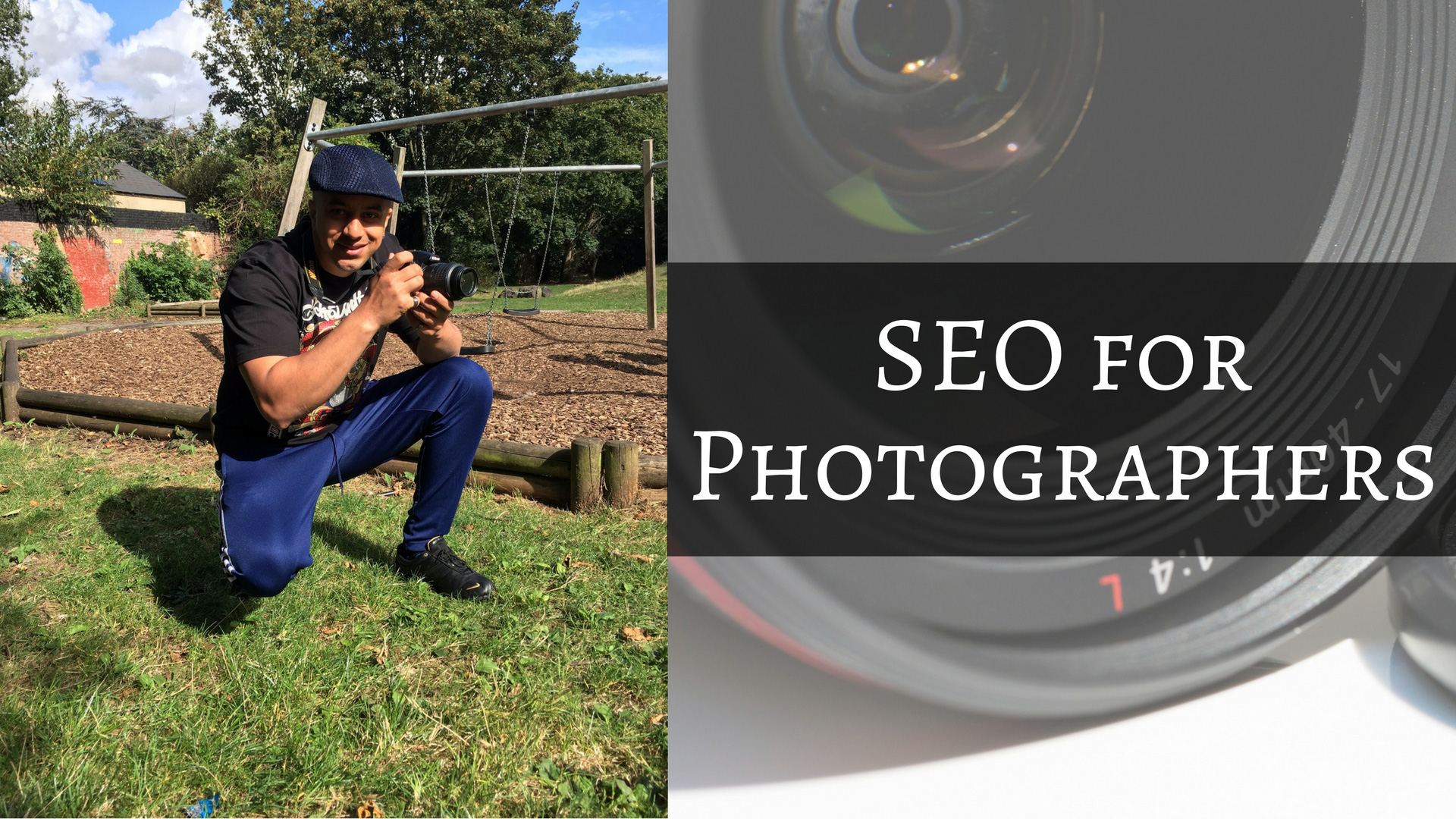When people search online for images like yours, do your photos come up in the SERPS? Understanding how the search engines work is crucial for your online portfolio and subsequently the number of potential visitors to your website. So let me go through some steps of how to optimise your photography site and get your photos to rank better in Google.
Step 1: Start by investing in a quality web host and an SEO friendly CMS.
Relying on a free hosting solution is never a good idea for photographers. Slow performing servers do not directly impact SEO, but the uptime/downtime do affect the customer experience which is directly related to your income.
Without even knowing it choosing a reliable hosting would be the first step in optimising your page loading speed.
The PageSpeed Insights tool (recommended by industry leaders like William Rock and David Sayce in the article Page Speed and SEO) is a great way to assesses your website’s speed and it also offers recommendations for speeding up your pages.
After finding a good hosting solution install an SEO friendly CMS like WordPress. If you go for WordPress install a responsive theme. Two years ago Google decided to start downgrading website that is not mobile-friendly. From experience, I can tell you that since Google introduced its Mobile Update non-mobile pages have dropped on average 5 places. Considering that the first 3 places take around 70% of the clicks you can do the math of how much you are losing in revenue by not having a mobile optimised website.
Step 2: Optimise your images for search.
I can talk about optimising images for ages. But let me give you an advice first. Whatever you do make sure your pictures look good. No SEO optimisation should be done at the expenses of image quality. You are in the image business so if your images don’t look good your SEO efforts would be pointless.
With that in mind let me give you my 7 image SEO optimisation tips.
- Use descriptive filenames, for example, the model of the car you are shooting. So instead of DC32332 .jpg go for audi-blue-a4.jpg. Do not use special characters and replace spaces with dashes. To understand my point here think about it this way. When Google crawls your website, it can read your text but it can’t see what’s on your images. The filename provides an information to the google bot about what’s in the image, so that Google can interpret it correctly.
- When naming your images think about how customers search for your product on your website. Do they search for Indian wedding photography or Asian wedding photography? Establish the most common naming patterns they use, and apply that formula to your image naming strategy.
Reduce file size by going from 300DPI to 72DPI. Most computer monitors won’t display more than 72dpi, so it becomes quite clear that anything bigger than that is making your file unnecessarily heavy. - Keep your image dimensions down. There is no point in using 3000px when 1000px will do.
- Reduce file size by limiting image quality. Don’t forget here to go 80% only if it doesn’t affect your image clarity.
- Add a caption to each image. Make sure it’ unique.
- Where possible have an images/media XML sitemap. An image sitemap can help the Googlebot to find information, that it may not otherwise find through normal crawling. Google explains more about image sitemaps here.
- Last but not least add a descriptive and unique ALT tag to each image. The prime function of an ALT tag would be to describe an image to visually impaired visitors or if the picture simply doesn’t display correctly. On the other side, it provides a semantic description of images for search engines. I hope you would agree with me that attracting an additional traffic through Google image search can have a positive impact not only on your SEO visibility but also your bank account.
Best practises for images ALT text.
- Make sure each ALT tag is unique.
- Make sure an ALT tag naturally uses your target keywords. Do not over do it.
- Keep it short. This one is related to the previous one. Long ALT descriptions look spammy. And before you ask me I can tell you that there is no official maximum length of an alt element. Unofficially 125 characters are what we SEOs normally quote. It’s got something to do with how screen readers see the alt element on a page. From experience, I can tell you that 16 words are the maximum number of words that a Googlebot will crawl in the alt text of any given image. But I would never advise you to go over 10 words.
Conclusion:
As a photographer, you need to constantly attract new leads and turn them into customers. A focused SEO campaign will help your photography business to take advantage of FREE traffic from search engines like Google and Bing. If you are working in the photography industry optimising your website for search engines is not a ‘good idea’ anymore.
It’s a necessity.


Leave a Reply